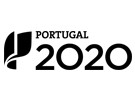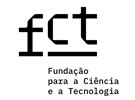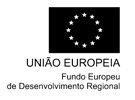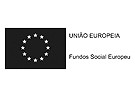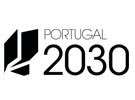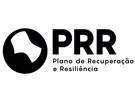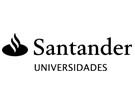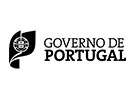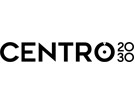



Publication in the Diário da República: Despacho nº 11549/2014 - 15/09/2014
5 ECTS; 1º Ano, 2º Semestre, 45,0 TP , Cód. 300610.
Lecturer
- Jorge Morarji dos Remédios Dias Mascarenhas (1)(2)
(1) Docente Responsável
(2) Docente que lecciona
Prerequisites
Not applicable.
Objectives
Urban rehabilitation in line with the Europe 2020 goals for cities (greater inclusiveness, sustainability and attractiveness (competitive)). It seeks to train to identify the various deficiencies of an urban area, to propose solutions to make the investment more attractive, generate jobs
Program
Introduction
Program of the discipline, functioning of the classes, evaluation process, bibliography, necessary material
I-Methodology and intervention criteria
Advantages of regeneration and urban regeneration
II-Diagnostic and intervention sheets
III-Understand the cities
Genesis and development of urban areas
Functions of Mediterranean cities
Inland cities and coastal cities
IV-Identifying conflicts and risks
Causes of deindustrialization of cities
Impacts of globalization on cities
Physical deterioration and inefficiencies
Natural and anthropic risks
V-The city as an instrument of economic competitiveness
Measures to make the urban environment more competitive
Attraction and concentration of talents
European creative cities
Increase social cohesion
Stimulate the urban economy
Improving tourism supply
VI-Making the urban environment more attractive and sustainable (eco-efficient)
Strategies to improve the attractiveness of urban spaces
Modernize the infrastructures
Encourage smooth mobility
Manage traffic and parking
Energy production and consumption
Sustainable building and rehabilitation
VII-Improving the quality of life
Increase environmental responsibility
Ecosystems and biodiversity
Services provided by nature for free
Air pollution and light pollution
Water pollution and treatment
Waste treatment
Increase green areas
Increase biodiversity
River banks, slopes, marsh fronts, urban forests, etc.
Conflicts with the environment
VIII-Improving inclusiveness
Understand the new socio-demographic changes
Increase social cohesion
Confronting long-term unemployment
IX-To dynamize the surrounding region
Valuing the rural world
Improve the connection with the city
IX-Sustainability for success.
Anticipating the future
Smarth growth
Each building has an immersive system
Revitalization of traditional trade
Improvements in environmental conditions
Smarth City
Evaluation Methodology
Work consisting of 10 forms on different subjects
Observation and critical thinking will be evaluated
Aproved: remark over 09,5
To Exam: Less than 09,5
Exam:Work consisting of 10 forms ondifferent subjects
Bibliography
- Enger, E. (2008). ENVIROMENTAL SCIENCE, STUDY OF INTERRELATIONSHIPS. Boston: McGraw-Hill
- Mascarenhas, J. (2018). CIDADES E TERRITÓRIOS, INTELIGENTES SUSTENTÁVEIS, VOL I. Lisboa: Livros Horizonte
- McKinney, M. (2003). ENVIROMENTAL SCIENCE, SYSTEMS AND SOLUTIONS. London: Jones and Bartlett
- Miller, G. (2006). ENVIROMENTAL SCIENCE, WORKING WITH THE EARTH. Victoria 2006: Thomson
Teaching Method
Classes will be given using the very illustrated material on what is done best in Europe
To be practical the lectures are supported by purpose-made illustrations on the old centre of a town.
Software used in class
Not applicable.
